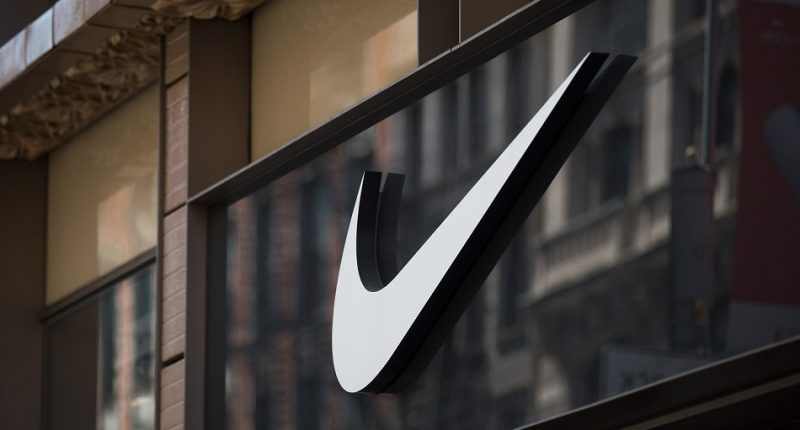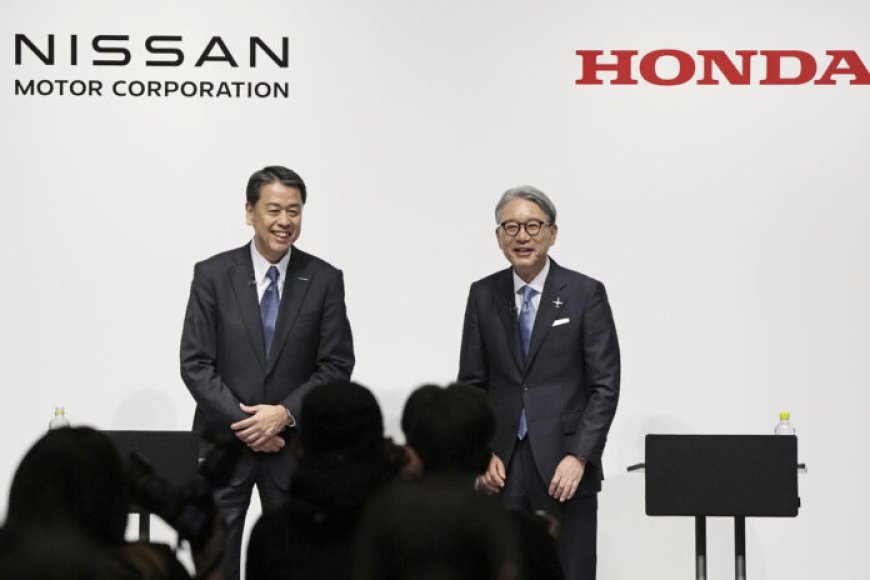Nike (NKE.N) saw an 8% drop in its share value during early trading on Wednesday, following the company’s decision to withdraw its annual revenue forecast. This move has left investors uncertain about the timeline for a potential turnaround under the leadership of incoming CEO Elliott Hill. With Nike’s postponed investor day adding to the confusion, stakeholders are left questioning the company’s future strategy and growth prospects.
Nike’s Uncertain Future Amid Leadership Change
On Tuesday, Nike announced that it would cancel its investor day set for November 19, giving new CEO Elliott Hill more time to assess the company’s strategies and business trends. According to CFO Matthew Friend, pulling back the revenue outlook would provide Hill with the necessary flexibility as he evaluates the company’s direction.
However, this uncertainty has left investors guessing about when the sportswear giant might see a recovery. Jessica Ramirez, senior analyst at Jane Hali & Associates, highlighted that there is no clear timeline for Nike’s turnaround, saying, “There’s not anything really that I could say at this point gives us a definite timeline or early hints to what is in store for the future.”
Competitive Pressures and Market Challenges
Nike is grappling with declining demand and increased competition from rivals such as On Holding and Hoka, which have gained market share in high-performance and innovative running shoe categories. These challenges come at a critical time for the brand, as it works to regain its footing in a rapidly evolving market.
Last month, Nike appointed veteran executive Elliott Hill to replace John Donahoe as CEO, hoping to leverage his experience to steer the company through these turbulent times. Investors were initially optimistic about Hill’s leadership and were eagerly awaiting the now-canceled investor day for insights into Nike’s future strategy.
Valuation Comparison with Competitors
Nike’s forward price-to-earnings ratio for the next 12 months, a common metric for valuing stocks, stands at 27.98. This compares to 27.08 for rival Deckers (DECK.N) and 35.14 for Adidas (ADSGn.DE). While Nike’s valuation is competitive, the company faces considerable pressure to drive growth, especially as its market rivals continue to expand.
Uncertainty Over Nike’s Strategy and Turnaround Timeline
Elliott Hill is set to take the reins on October 14, and investors were hoping the canceled analyst day would provide clarity on Nike’s strategy moving forward. Unfortunately, with no new date for the event, investors are left with more questions than answers. Jay Woods, chief global strategist at Freedom Capital Markets, expressed this sentiment, stating, “(Nike is) going to leave investors with a lot more questions than answers, and we didn’t get any answers.”
Promotional Pressure and Weaker Holiday Sales Outlook
Nike is also grappling with the need for higher promotions to drive sales, which has put pressure on its margins. The company expects a weaker holiday quarter, although it anticipates a slight revenue improvement in the second half of the fiscal year, driven by the launch of new premium models. However, these efforts may not be enough to provide a significant boost to sales in the near term.
Analysts at Bernstein Societe Generale commented, “Nike is deep in the abyss of the turnaround. Early signs of market traction look positive, but can’t translate into hard numbers yet while mark down actions drag down sales and margins.”
Market Reaction to Nike’s Challenges
Nike’s stock traded at $82, showing some recovery since September 19, when the company first announced Hill’s appointment as CEO. The share price had gained 10% since the announcement, indicating some investor optimism regarding Hill’s leadership.
In response to Hill’s appointment, JD Sports CEO in Britain commented, “It’s good to have someone from the industry, someone who knows Nike and who knows all the products.” This sentiment reflects confidence in Hill’s experience, though market results will be the ultimate test.
Industry Impact and Peer Performance
Nike’s struggles have also affected its peers, with shares of Under Armour (UAA.N) and Lululemon (LULU.O) down about 1% each. Foot Locker (FL.N), a major retailer of Nike products, saw its stock drop nearly 2%, reflecting concerns over the potential impact of Nike’s challenges on the broader retail market.
Conclusion
Nike’s current situation leaves investors in a state of uncertainty, with questions about when and how the company will rebound. The CEO transition to Elliott Hill offers some hope, especially given his extensive experience with Nike, but the road to recovery may take time. As the company contends with competitive pressures, declining demand, and promotional strategies that impact its bottom line, investors will be eagerly watching for signs of progress. The canceled investor day has only heightened the anticipation for clarity on Nike’s future direction. For now, stakeholders must remain patient as the brand navigates its next steps.









